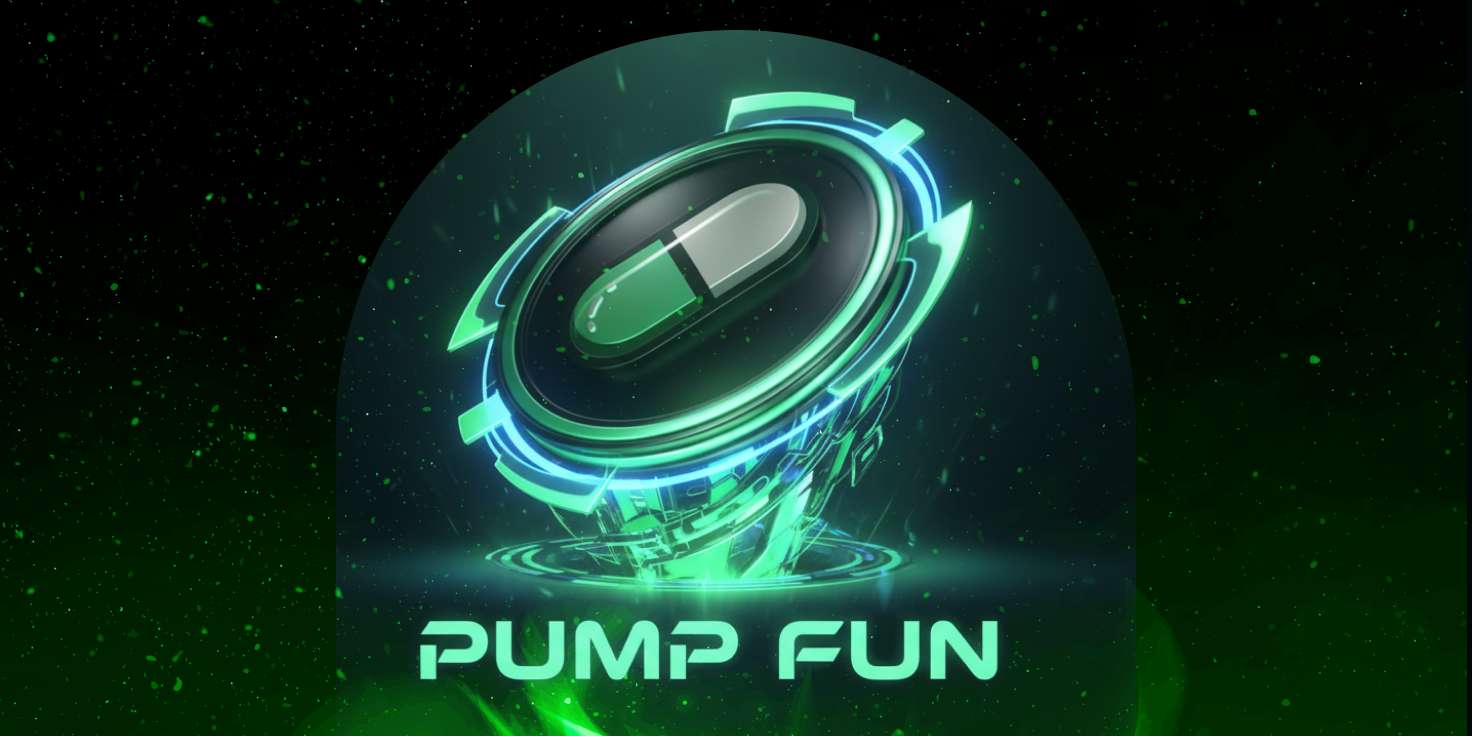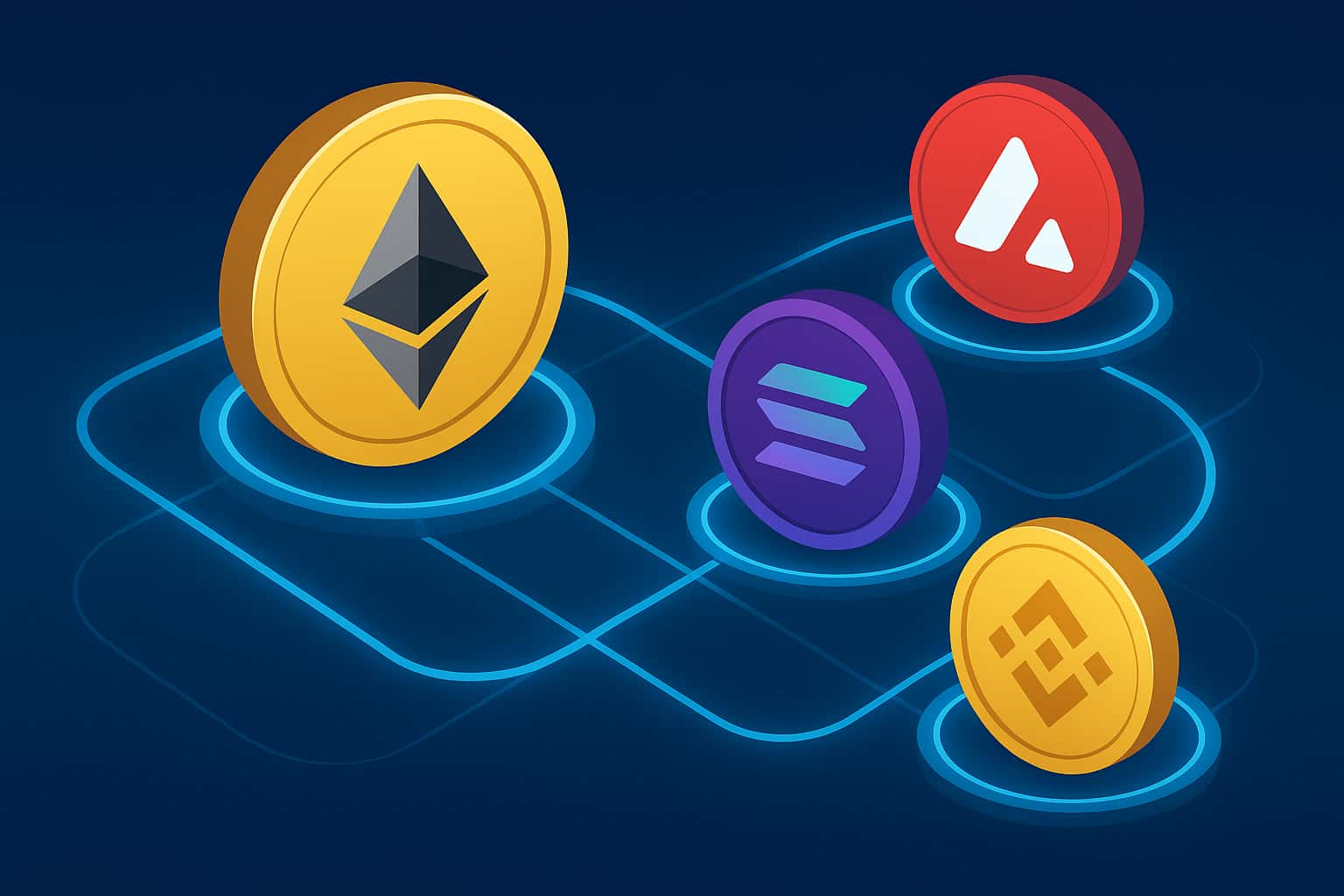Definition & Overview
SPL stands for Solana Program Library, a collection of on-chain programs that define how tokens and other primitives operate on Solana. The SPL token program provides the same foundational role as Ethereum’s ERC-20 standard, but with performance optimized for Solana’s parallel execution model.
An SPL token represents a fungible or non-fungible digital asset managed by the network’s shared token program. Instead of each project deploying its own token contract, Solana uses a single, audited program to issue and manage all tokens. This design minimizes duplication, improves efficiency, and ensures consistent token behavior across applications.
The SPL standard was introduced to provide interoperability, uniformity, and composability within Solana’s ecosystem, three traits essential for scalable decentralized finance (DeFi) and high-volume applications.

 Blockchain Application Development
Blockchain Application Development
 Fintech Blockchain App Development
Fintech Blockchain App Development
 Hyperledger Application Development
Hyperledger Application Development
 STO Development Services Company
STO Development Services Company
 Exchange Development
Exchange Development
 Cryptocurrency Wallet Development
Cryptocurrency Wallet Development






